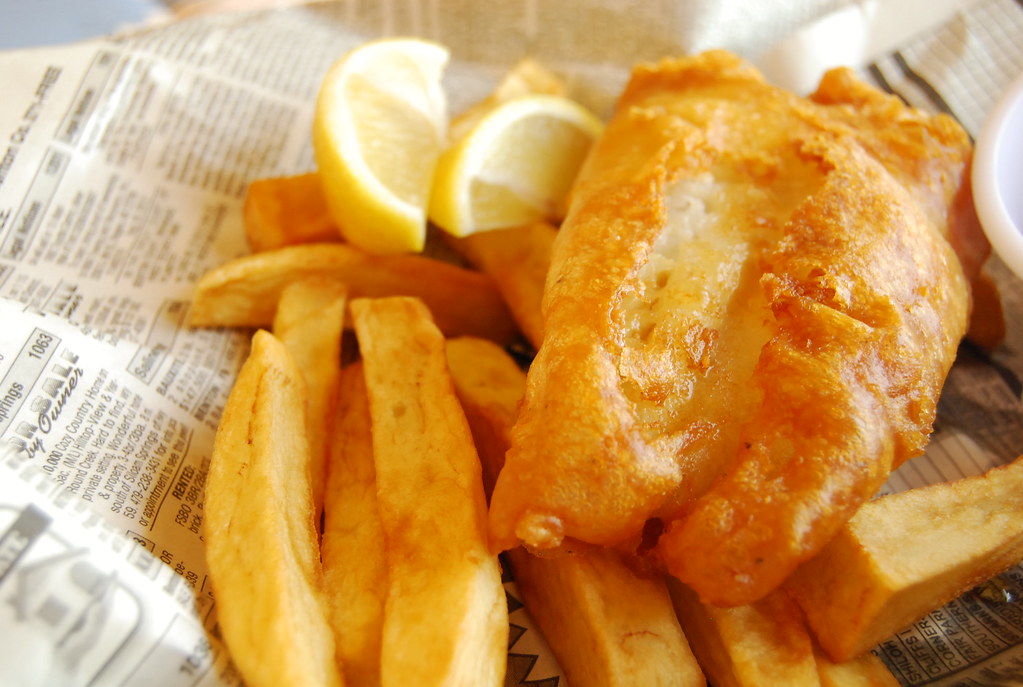
Food&Drink Writer Katie Norris informs us on some easy ways to help the environment by switching to sustainably sourced seafood
This increase in fish consumption does not consider the fact that 90% of world fish stocks are either fully or overexploited from fishing
With an increase in discussion around sustainability and its importance for the environment, and ourselves, a flexitarian diet has emerged to cut down our meat intake whilst being environmentally conscious. Alongside this less black and white approach to vegetarianism and our relationship with eating meat, a pescatarian diet has become more popular as well. However, this increase in fish consumption does not consider the fact that 90% of world fish stocks are either fully or overexploited from fishing.
So, here’s a guide on how to eat fish sustainably.
Choose your species
The Marine Conservation Society have a ‘Good Fish Guide’ which is handy and updates a list of fish to avoid or that are fine to eat – dependant on time of year and where they are caught! These are rated from 1 (most sustainable) to 5 (least sustainable) and I have compiled a list of those that fall under the first category. This includes Seabass, Seabream (black), Cod (from the Pacific/eastern Baltic rather than Atlantic), Haddock, Herring, Mussels, Prawn (King or Tiger), Trout, and Yellowfin Tuna. Another lesser-known fish – the Alaskan pollock – is also rated a 1 on this list and is used in the McDonald’s Filet-O-Fish! Mussels and black bream are also pretty cheap to eat – and black bream is delicious when stuffed and baked, its taste being more on the sweet side. On the other hand, to avoid is eel, swordfish, wild Atlantic salmon, and wild Atlantic halibut.
Check the labels
Although this seems like a long list, this is dependant on where these fish populations are farmed, with some sites better managed than others. To ensure you are picking the best choice, look for the organic label on products as this ensures their product is sourced from farms that comply with environmental standards for habitat protection and impacts of production. Also, many of the well-managed fisheries are certified as sustainable by the Marine Stewardship Council (MSC) which can be identified in shops by a blue ecolabel with a white tick. There’s also an app for when you’re out and about!
Shop outside the box
One easy way to reduce your impact is to buy local and seasonally – it might be worth checking out the fish market near the Bullring for some bargains. Switching out the ‘big 5’: cod, haddock, tuna, salmon and prawns, will automatically be more sustainable. Switch out cod and haddock for hake or coley, change salmon to rainbow trout, and try herring or sardines instead of tuna. These are all more sustainable ways of getting your omega 3, reducing your carbon footprint whilst being budget-friendly!
One easy way to reduce your impact is to buy local and seasonally
Now you’ve got the information, where can you start? Well, thanks to the Marine Conservation Society, there is also a good fish guide for fish fingers – the first encounter most of us have with fish. The MSC reported in 2018 that 85% of fish in 48 retail fish fingers came from sustainable green rated ‘Best Choice’ sources when the Good Fish Guide ratings were applied to the fish part of the product. This makes some fish fingers more sustainable than unprocessed fish! Aldi’s fish fingers were rated a sustainable 2, sourcing MSC certified pollock for theirs, and Sainsbury’s were all rated 1&2, with even Sainsbury’s basic fish fingers rating as one of the most sustainable choices – cheap and low-impact!
Doing the right thing is easier than it seems with this short guide and making more environmentally conscious choices when sourcing seafood is one way to help the environment – even if it’s cutting down your fish intake to the sustainable Aldi fish fingers.
Comments